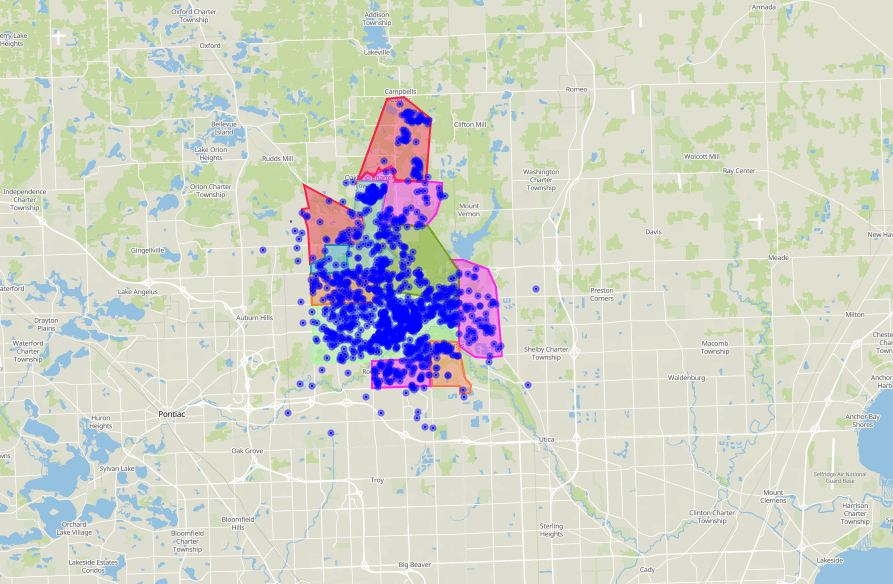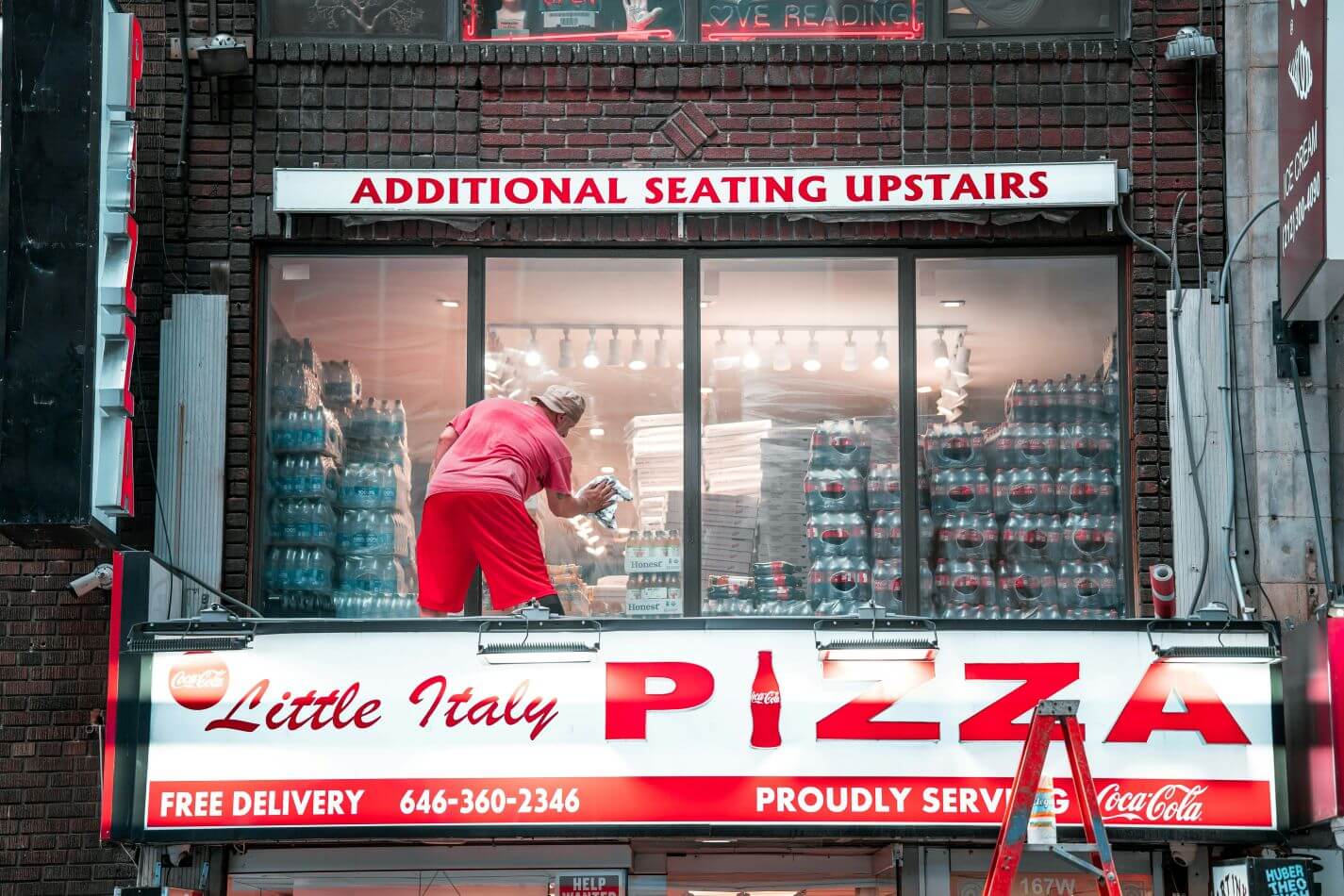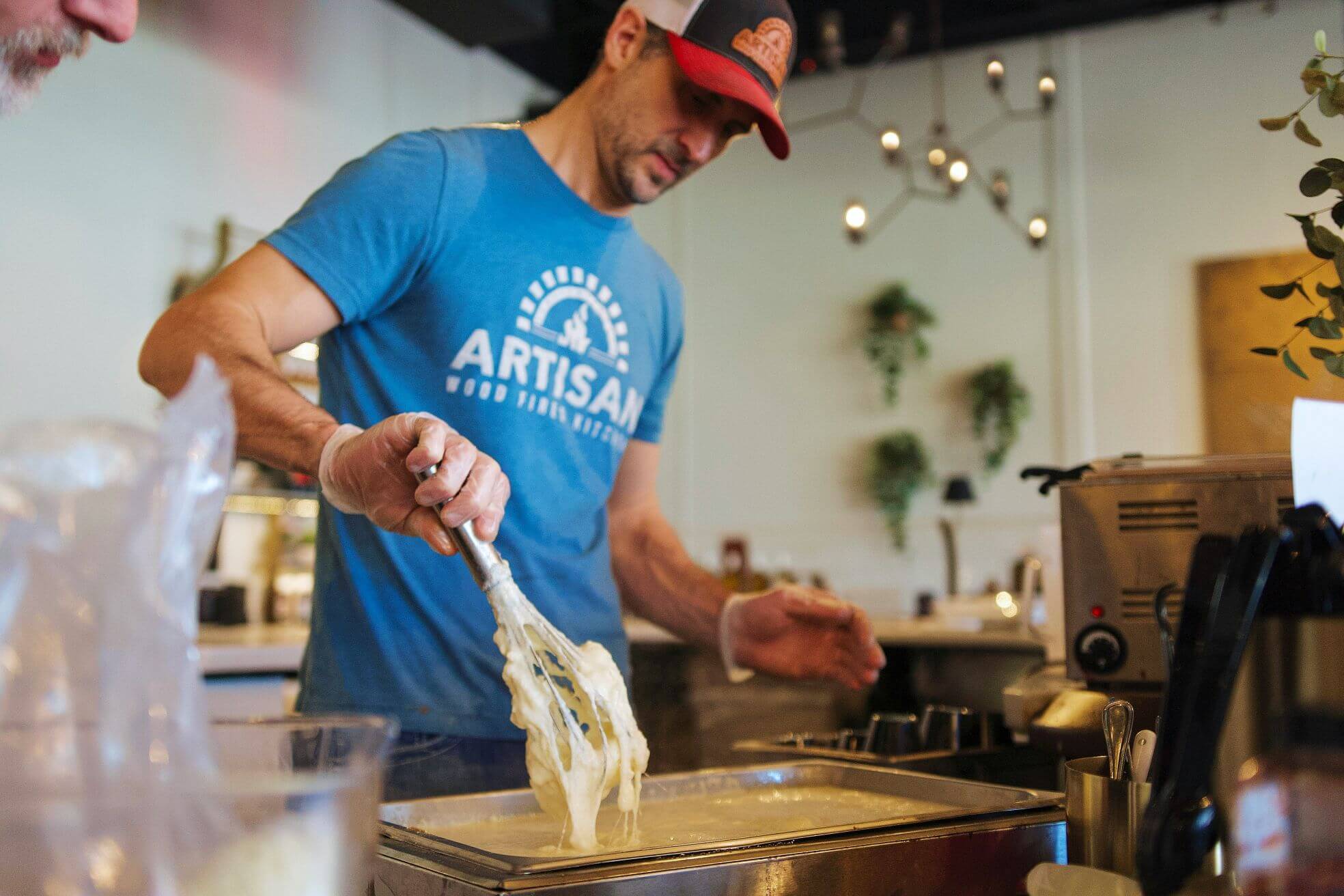Expanding too soon can stretch your team and resources thin, while waiting too long can leave growth opportunities on the table. Recognizing the right signals is critical.
Here are five signs that it may be time to take the leap:
1. You’ve Maxed Out Your First Store’s Capacity
When every Friday night feels like controlled chaos—phones ringing nonstop, drivers waiting for orders, ovens at full tilt—you might be bumping up against your shop’s ceiling.
Look at your sales-to-capacity ratio: if you’re consistently turning away orders or struggling with 30–40% more demand than you can reasonably fulfill, that’s a strong indicator that the market wants more than your single kitchen can produce.
According to PMQ Pizza Magazine’s 2024 Pizza Power Report, delivery and carryout remain the dominant channels, accounting for about 60% of U.S. pizza sales. If your current location can’t handle more, a second store could capture that unmet demand.

If you’re getting delivery requests outside your designated delivery areas (highlighted on the map), it may be time to open a new store.
2. Your Customer Base Extends Beyond Your Delivery Zone
If your drivers are constantly running the edge of your map—or you’re getting calls from neighborhoods you can’t deliver to—your brand equity is outgrowing your footprint.
Opening a new location in a nearby community allows you to shrink delivery times, lower driver costs, and serve loyal fans who currently can’t order from you. Not only does this keep customers happy, it strengthens your reputation as a reliable local brand.
3. Your Systems Are Replicable
A successful single store doesn’t automatically mean success at two. Before you expand, ask: can your operation be duplicated consistently without you physically being there?
Operators who scale well usually have:
- Written training manuals for kitchen staff and drivers
- Standardized recipes and portion controls to keep food costs predictable
- Reliable technology systems (POS, inventory, scheduling, loyalty) that run seamlessly
Rob Williams, I.T. Director and Financial Controller at Davanni’s (now 21 stores) shared how important a good technology partner is when expanding: “We’ve automated basically all of the payroll and bookkeeping processes our stores do because of how your platform is built.” That kind of operational foundation is what makes the jump from one store to two not only possible, but sustainable.

4. You Have the Right People in Place
Pizza shops are only as strong as their teams. If your current crew is reliable, motivated, and ready to step into leadership roles, that’s a positive sign you can expand.
The biggest mistake operators make is trying to run both stores themselves. Instead, think about promoting from within—your strongest shift leader or assistant manager may be ready to run store #1 while you focus on launching store #2.

5. Your Financials Back It Up
Expansion takes more than a gut feeling. Your financials should show consistent profitability and cash flow. Lenders and investors will look at metrics like:
- Sustained year-over-year growth
- Healthy food and labor costs within industry benchmarks (food cost often 20–30%, labor 25–35%)
- A clear break-even model for the new store based on projected sales
If your current location is thriving but your margins are thin or unpredictable, focus on tightening operations before adding another store.
Once you do launch, take advantage of the honeymoon period. Capture first-time customer details, sign them up for rewards, and leverage FoodTec’s email and SMS marketing to maximize your opening buzz. Send timely follow-up offers and special call-back messages to keep new guests engaged and turn them into loyal fans.
Ready to Grow Smarter?
Opening a second location is one of the biggest moves a pizzeria owner can make. The decision should come from strength—when your systems, people, and finances are ready—not desperation. By watching for these signs, you’ll know when it’s time to capture new demand without risking what you’ve already built.
Thinking about expansion? The right technology and operational systems can make the difference between scaling smoothly and burning out. Let’s talk about how to set up your shop for success—today and at store #2.




